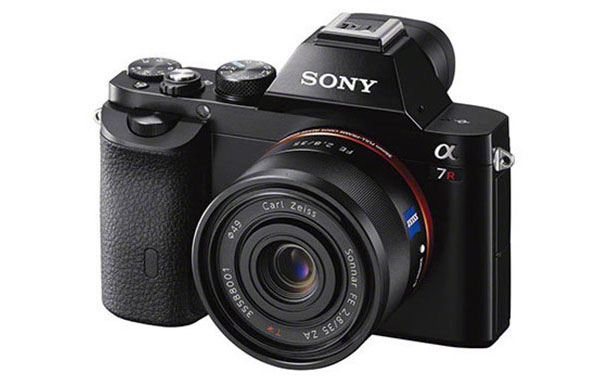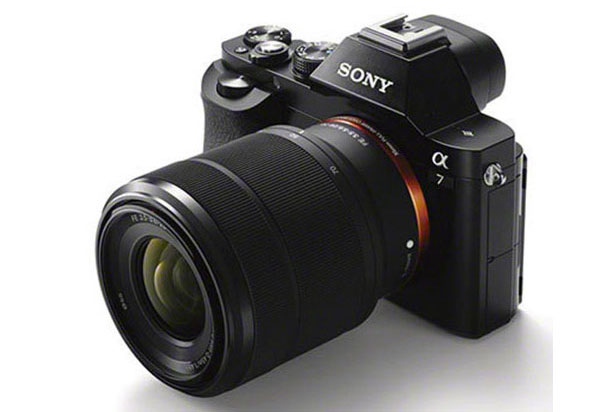Sony does it again. Newcomer Sony’s again the camera brand that innovates and thinks ahead. As rumors and industry sources suggested since last year and as Andrea of SonyAlphaRumors promised us over the course of the past few weeks, Sony is about to create a whole new playing field for high-end cameras. This week Sony announces the full-frame mirrorless A7 and A7R interchangeable lens system cameras. First clear images leaked by Digicame-Info confirm a not too NEXish and yet slightly retro camera body that will please modernists and traditionalists alike. And pros and enthusiasts alike will be tempted to reassess their gear. The A7 has a 24MP sensor with phase detection AF, the A7R has 36MP with no PDAF and no anti-aliasing filter. In other words: paired with the right glass you’ll get a quality that’s about to match medium format. In a compact package. For not even $2k the A7 kit and $2.2k the A7R body only.

Sony did it. Sony did what others thought impossible. (Micro) Four Thirds a few years ago decided a 50% equivalence in terms of 35mm “full-frame” sensor will be good enough and is the perfect sensor size for a new digital photography system designed from scratch.
The majority of camera makers bet on the bigger APS-C sensor size with 1.5x and 1.6x crop factors. Digital imager technology improved. Smaller sensors delivered cleaner, more accurate color rendition, but Sony tried to think outside the box and listened to the market; to photographers who equate 35mm with photography.
First Sony surprised with the large sensor RX100 (II), called the “best pocket camera ever made” by the New York Times.
Then the RX1(R), world’s most compact full-frame camera. Not yet a Leica killer because of the fixed lens. But Sony knew all along they’re onto something, despite the relatively high price levels.
Over the course of the past year they reprioritized their development strategy. The RX100 and RX1 were teasers to gauge the market for the real thing: a full-frame mirrorless interchangeable lens camera system, a.k.a. the single digit A.

The A7 and A7R will probably beat the D800‘s performance — Nikon’s flaghship equipped with Sony sensors –, for less money, with less weight. Weather-sealed, built like a tank. For a third of what a Leica M costs, the so far only direct competitor.
A newcomer only a few years ago, Sony pulls all the right strings to become tomorrow’s dominant player. That doesn’t mean they’ll have to sell most cameras. For Sony it’s equally good business to sell sensor and imaging technology to “competitors.” Chances are whatever camera or smartphone you’re shooting with: it already is or will be a partial Sony.
And yes, this A7 viewfinder looks big and bright. Add the grip, minimalist ergonomics, no more buttons and functions than you absolutely need… and you got Sony’s formula for success where tradition and heritage meet technology and the future.
Maybe Fujifilm has something similar in the making. Canon? Nikon? The rest? Sony won’t be able to produce enough of these As.
The crux are the size and speed of the lenses. All in due time. This Zeiss Sonnar 35mm F2.8 already looks like a winner. And don’t forget, these A will work beautifully with legacy glass.


